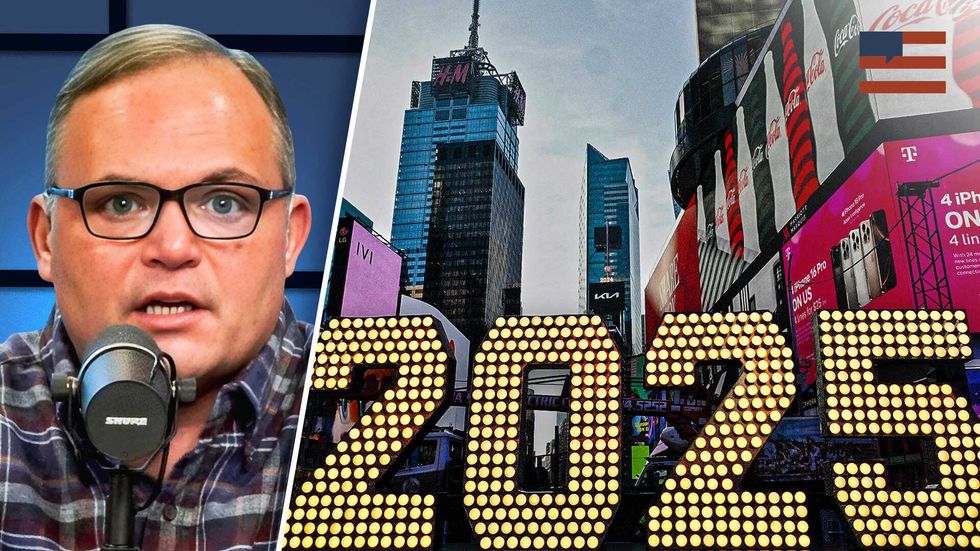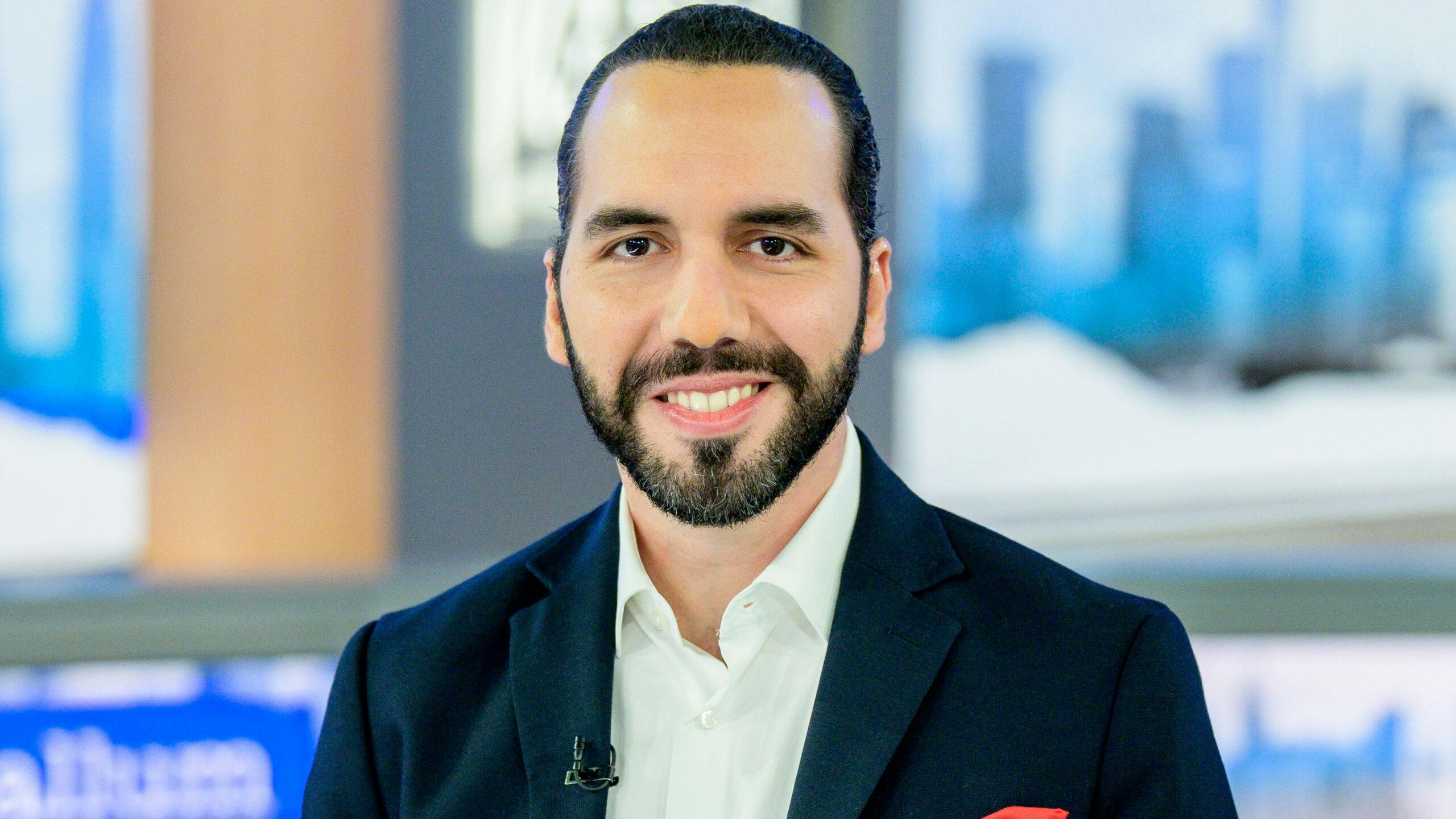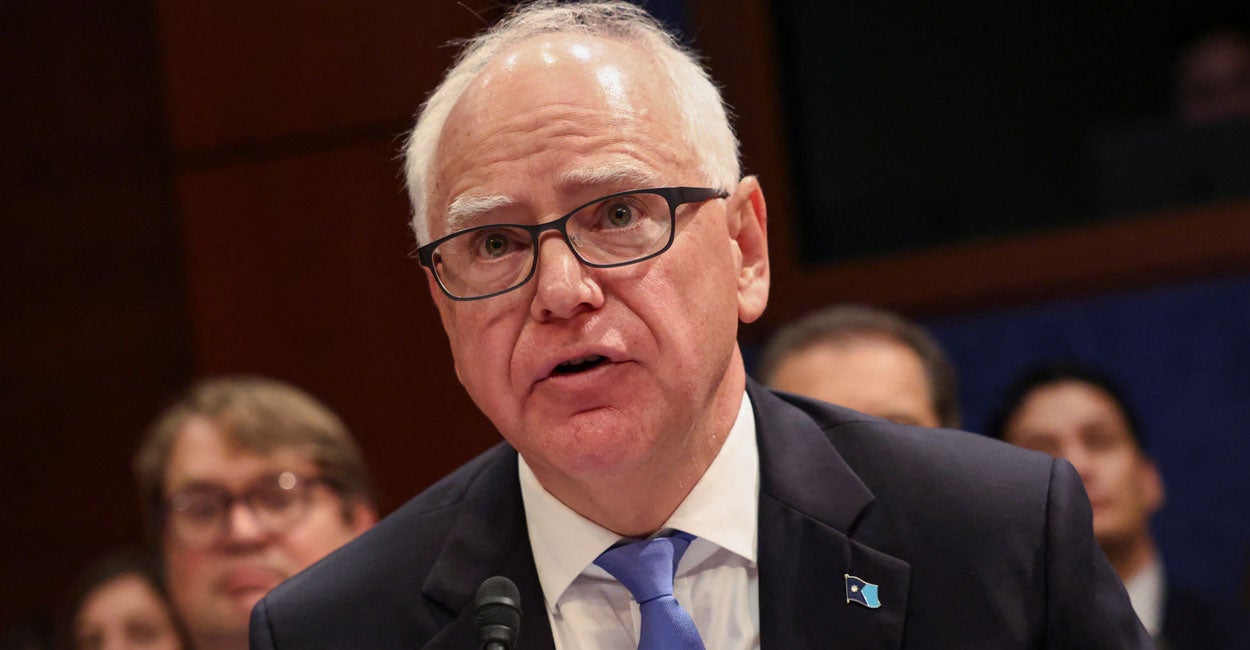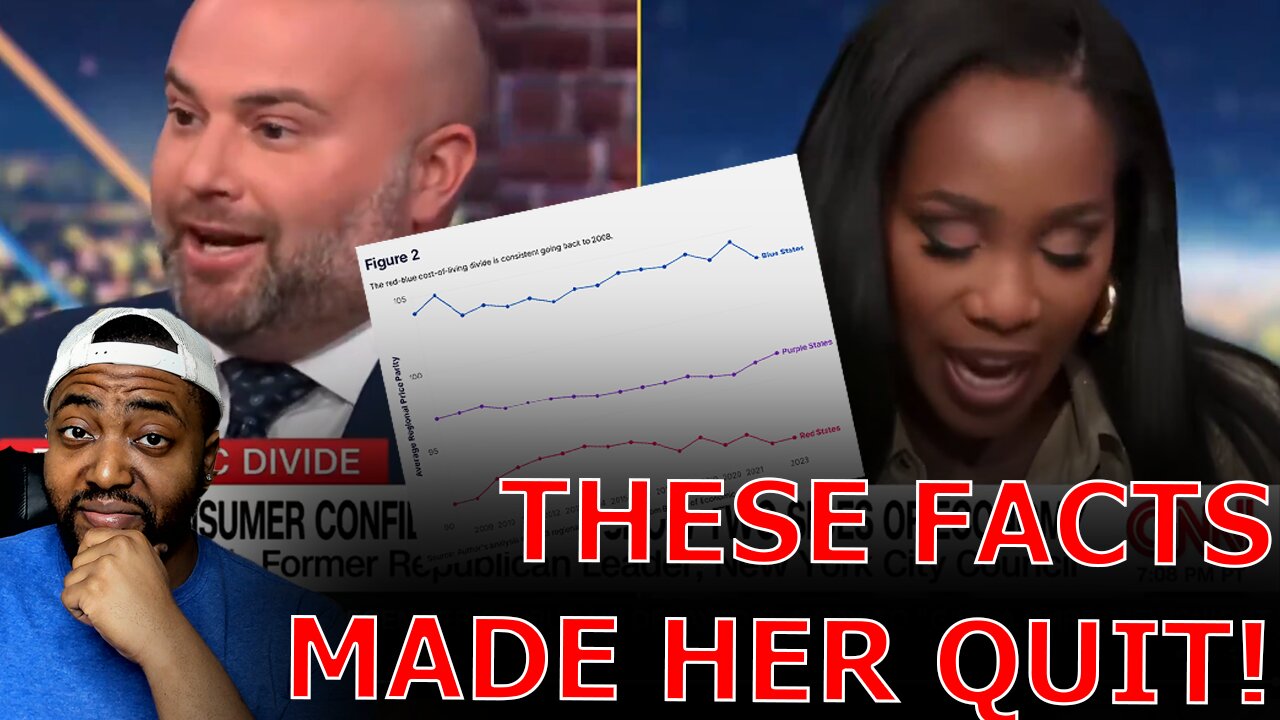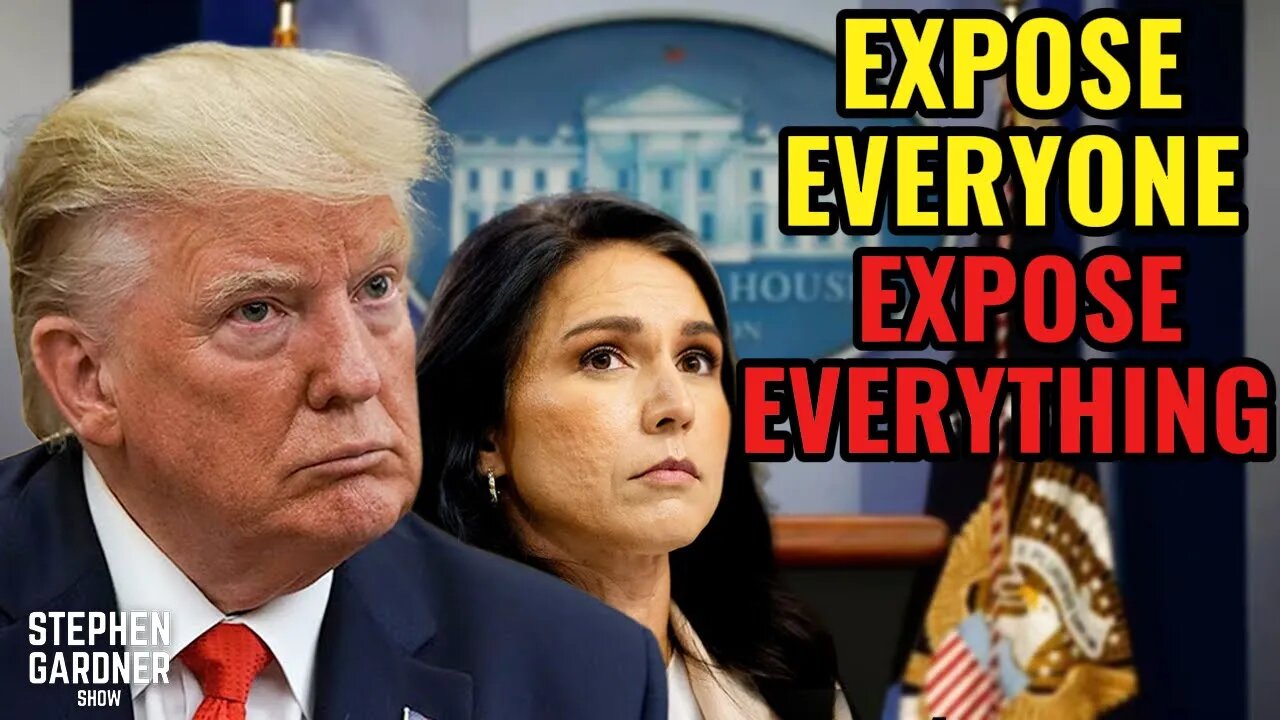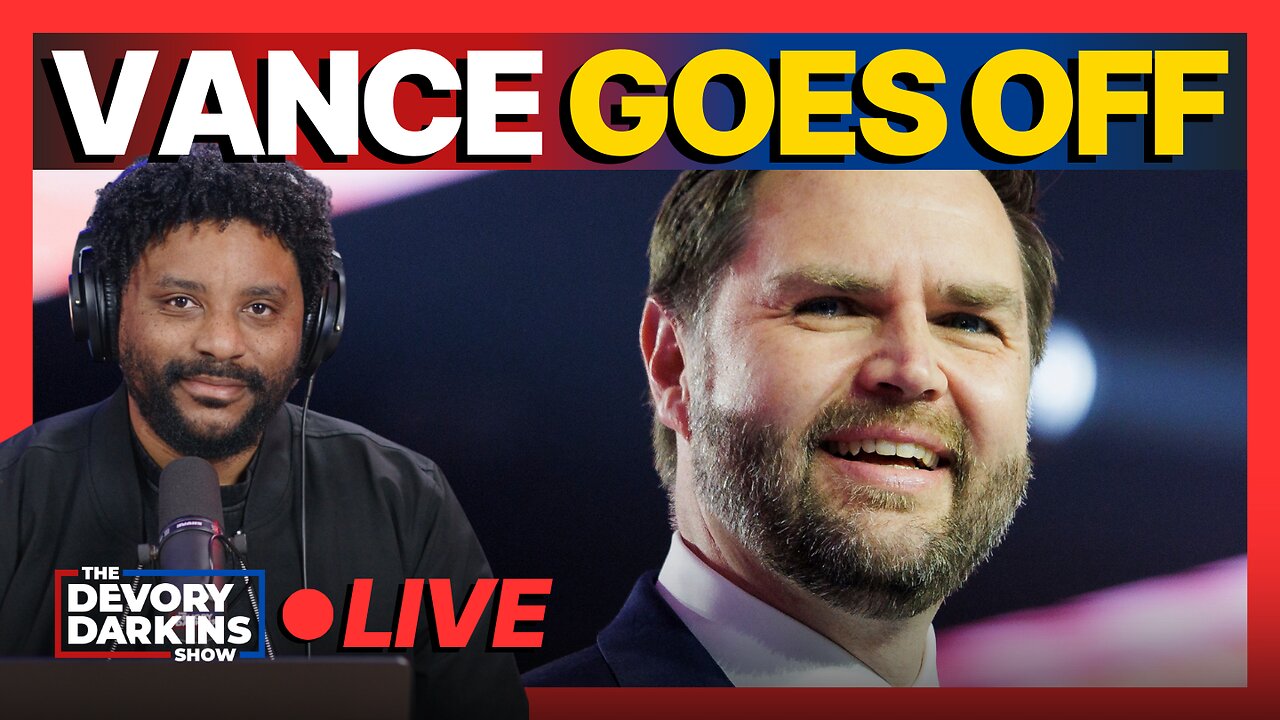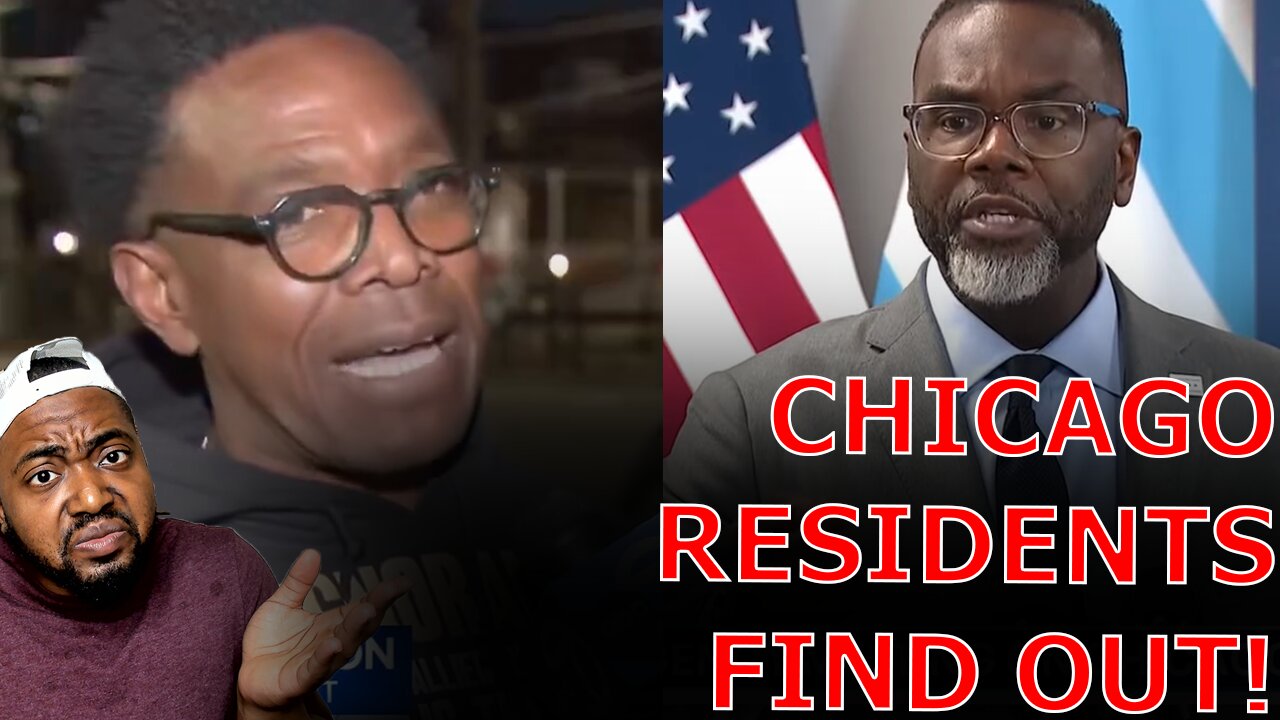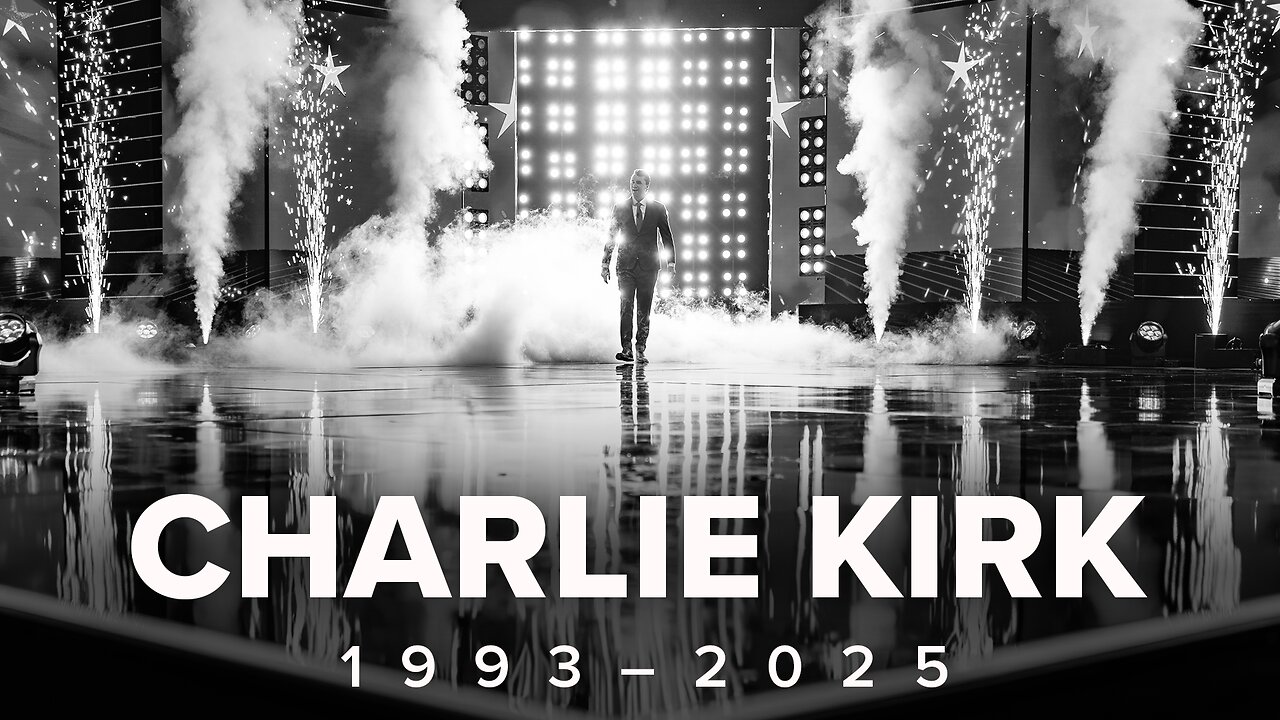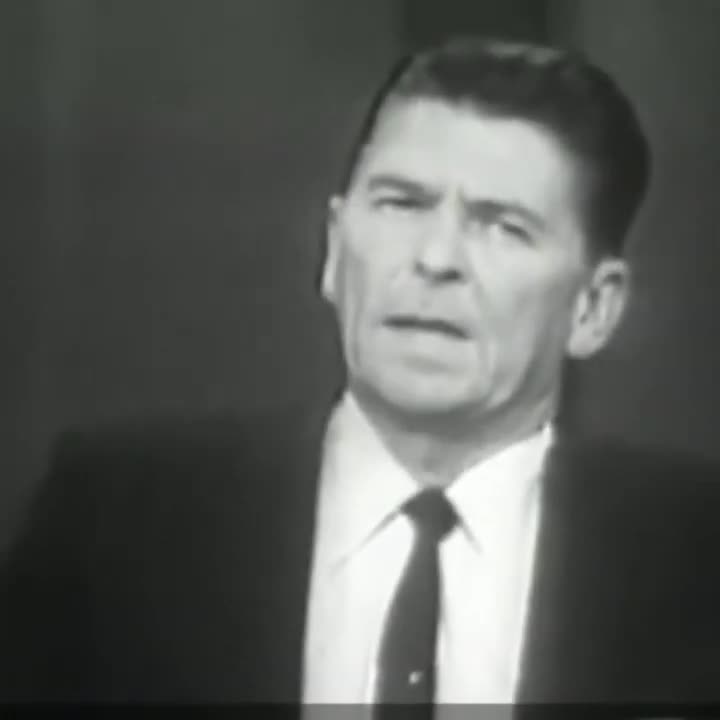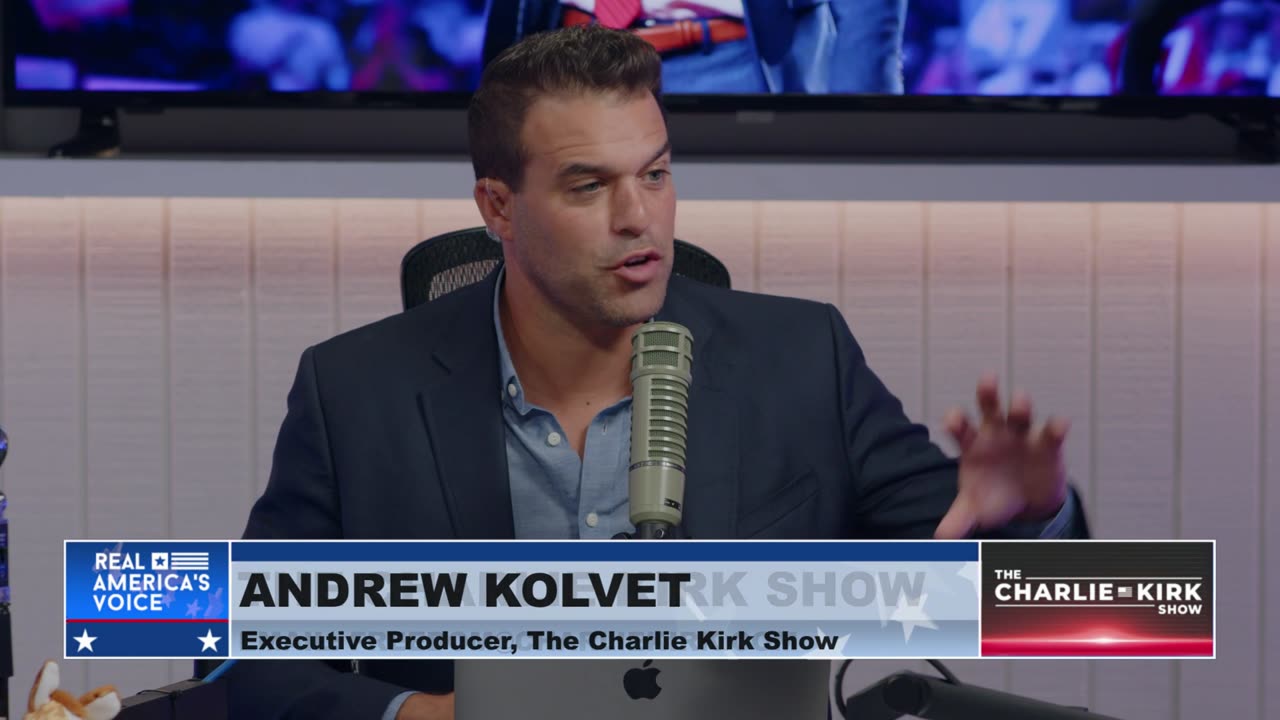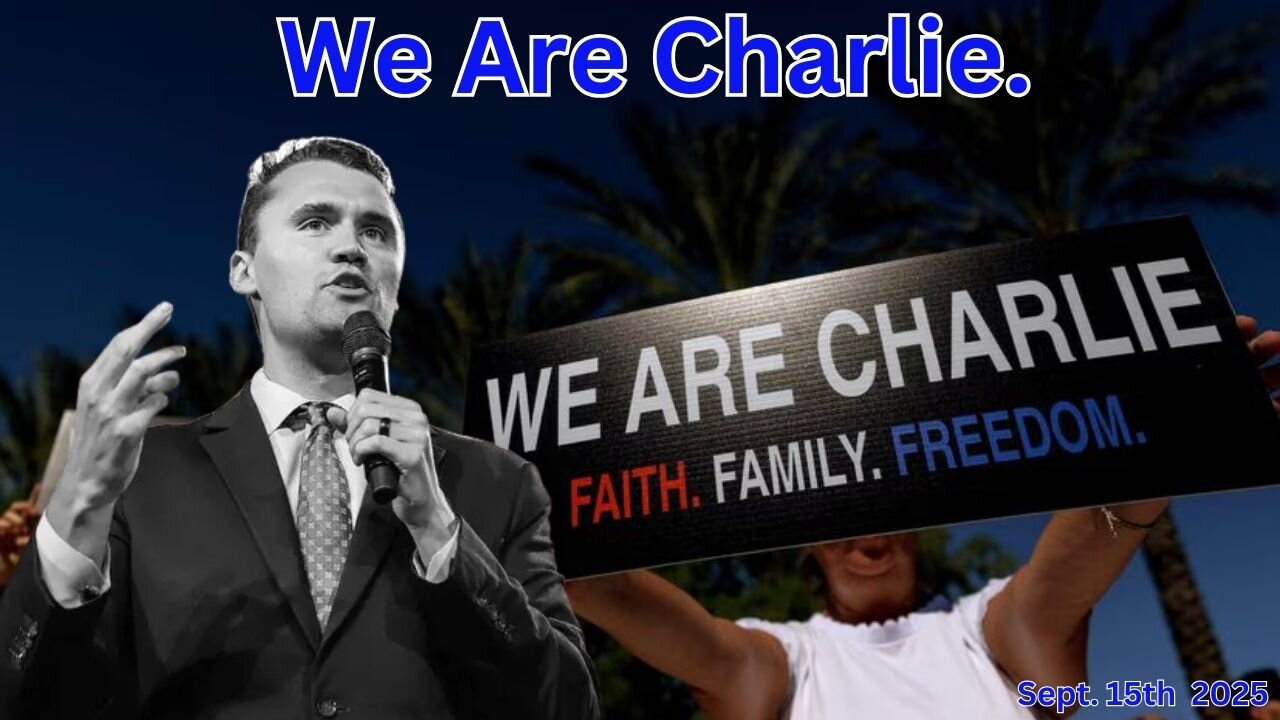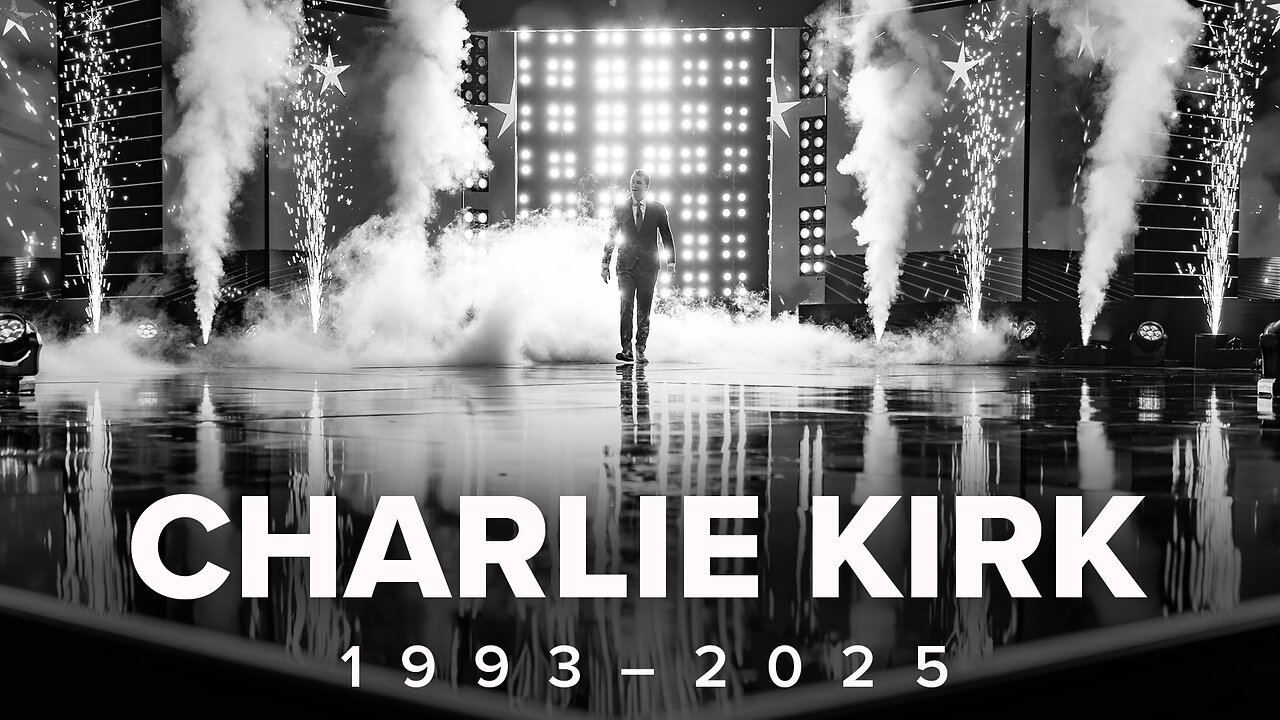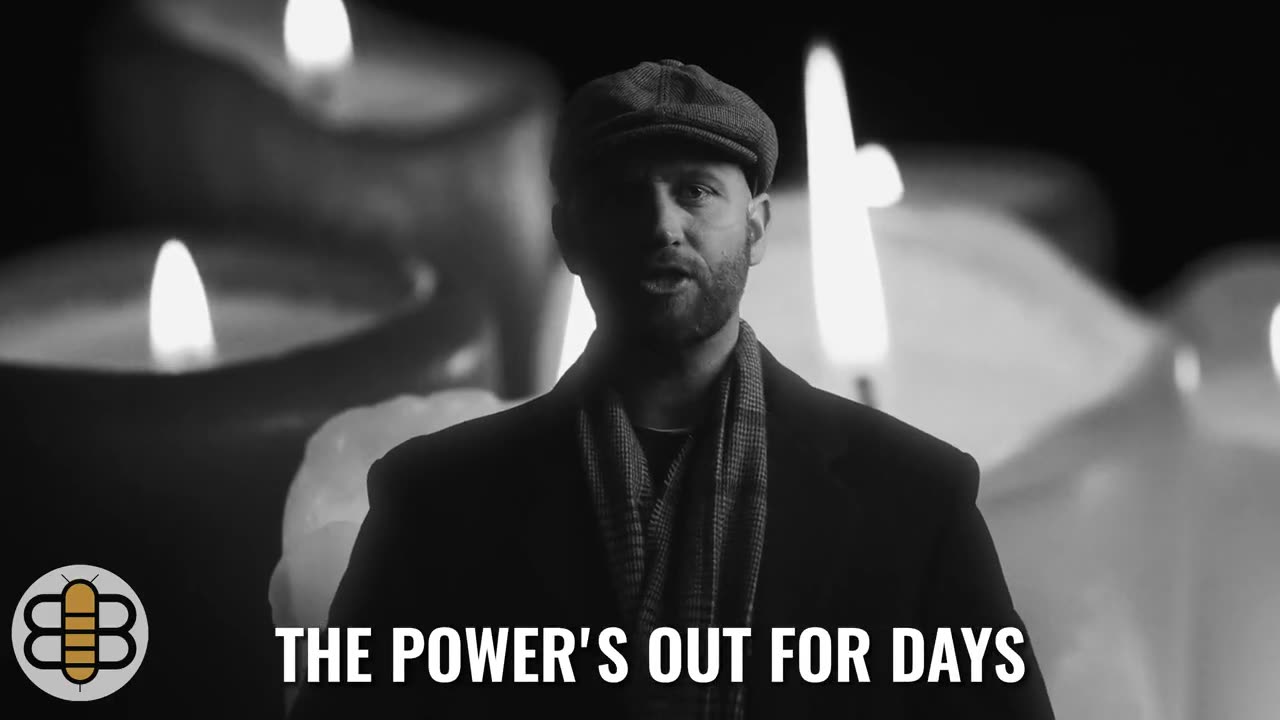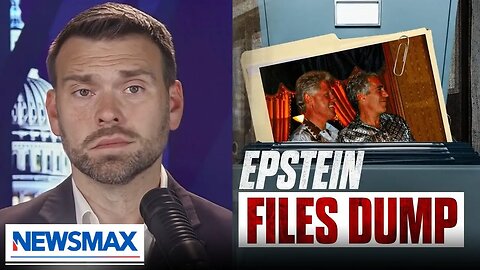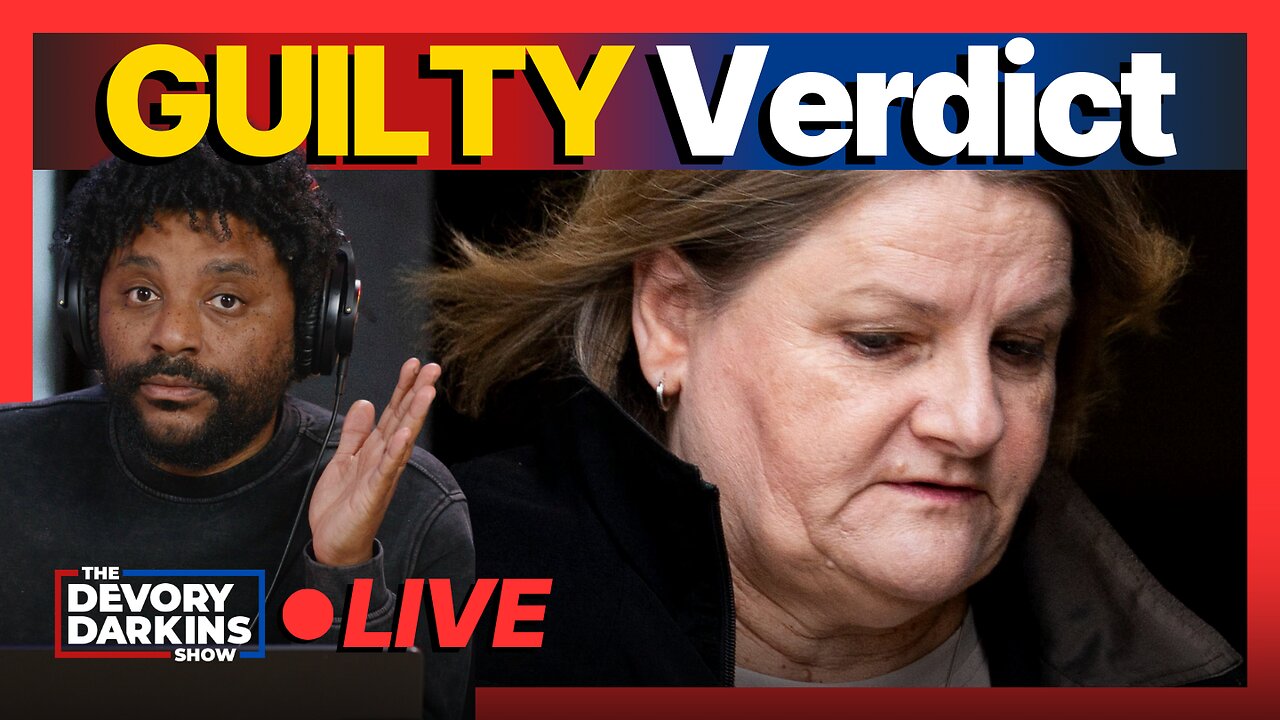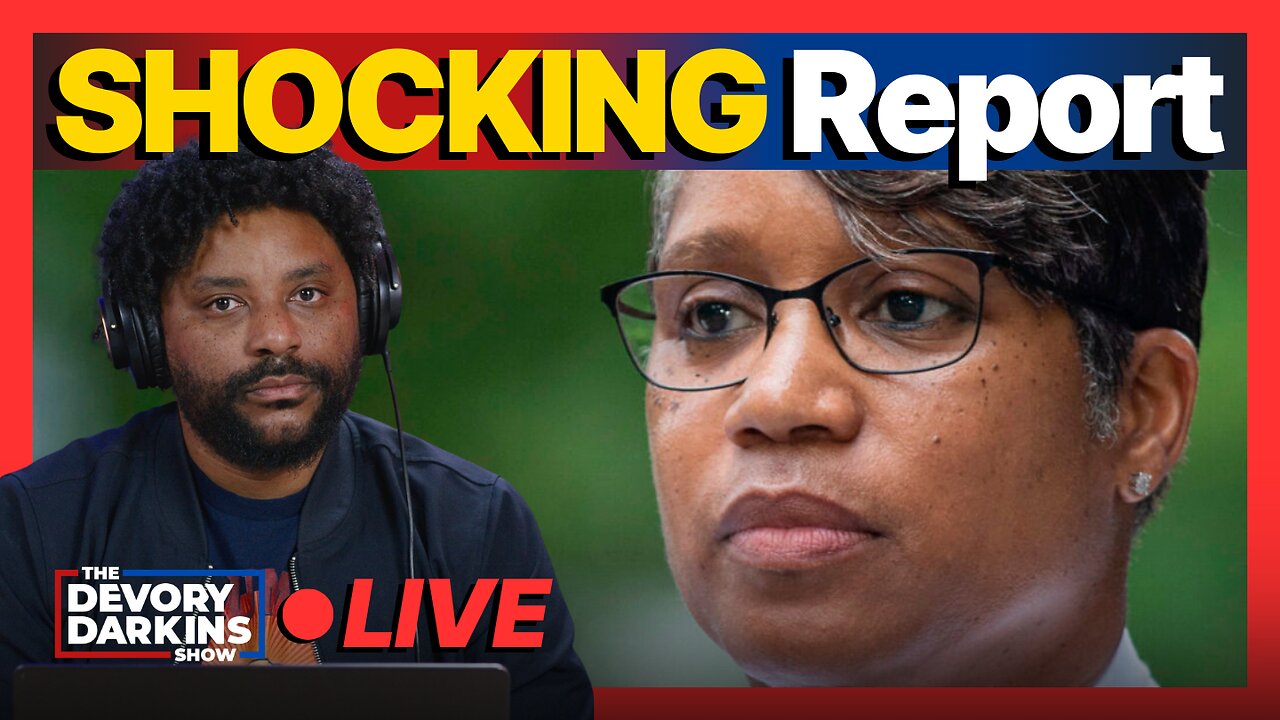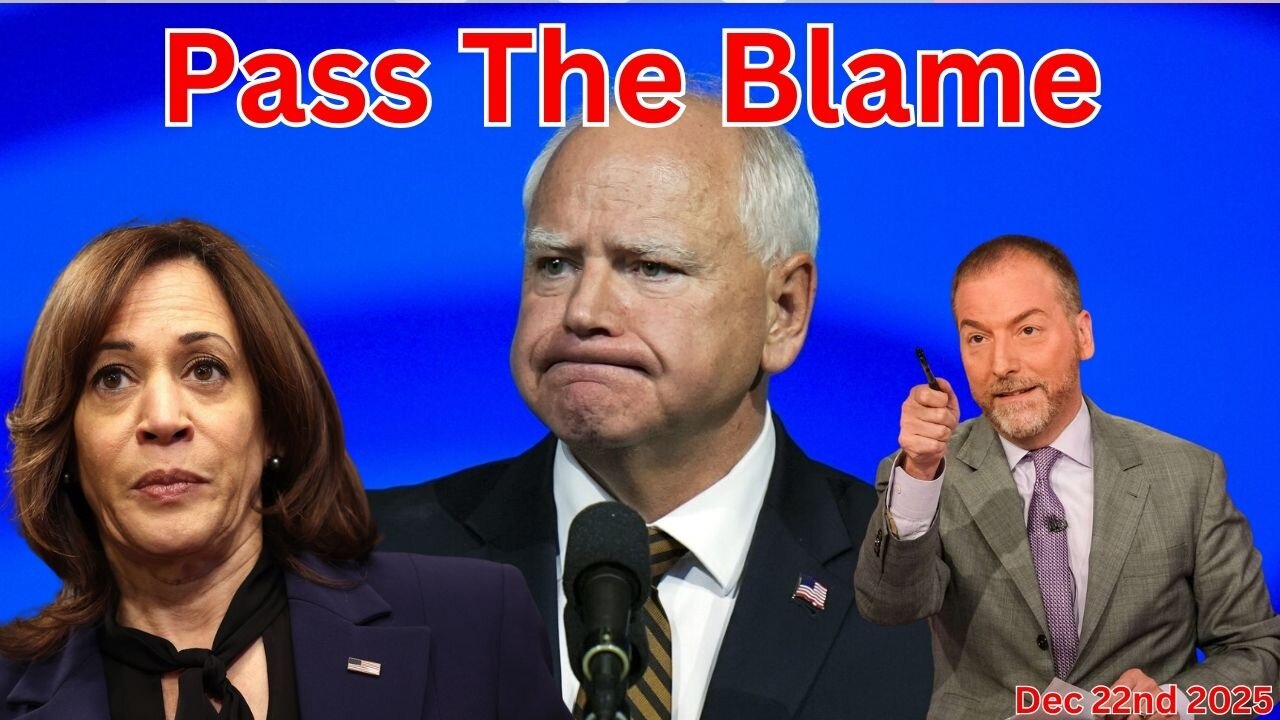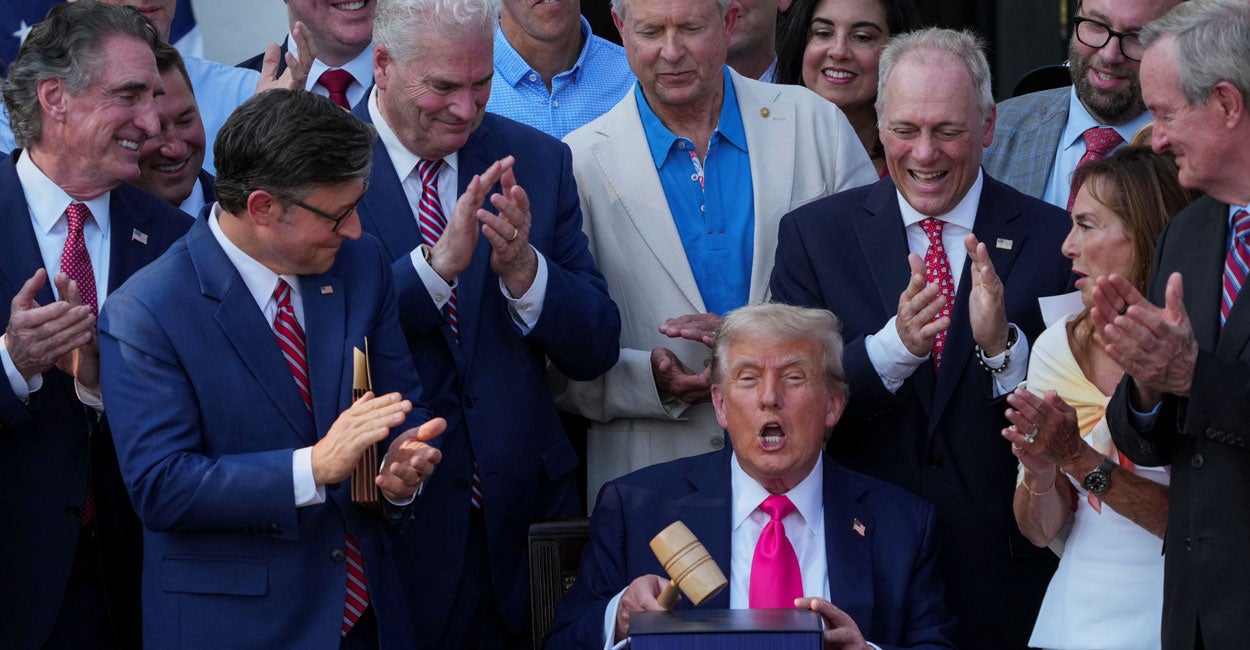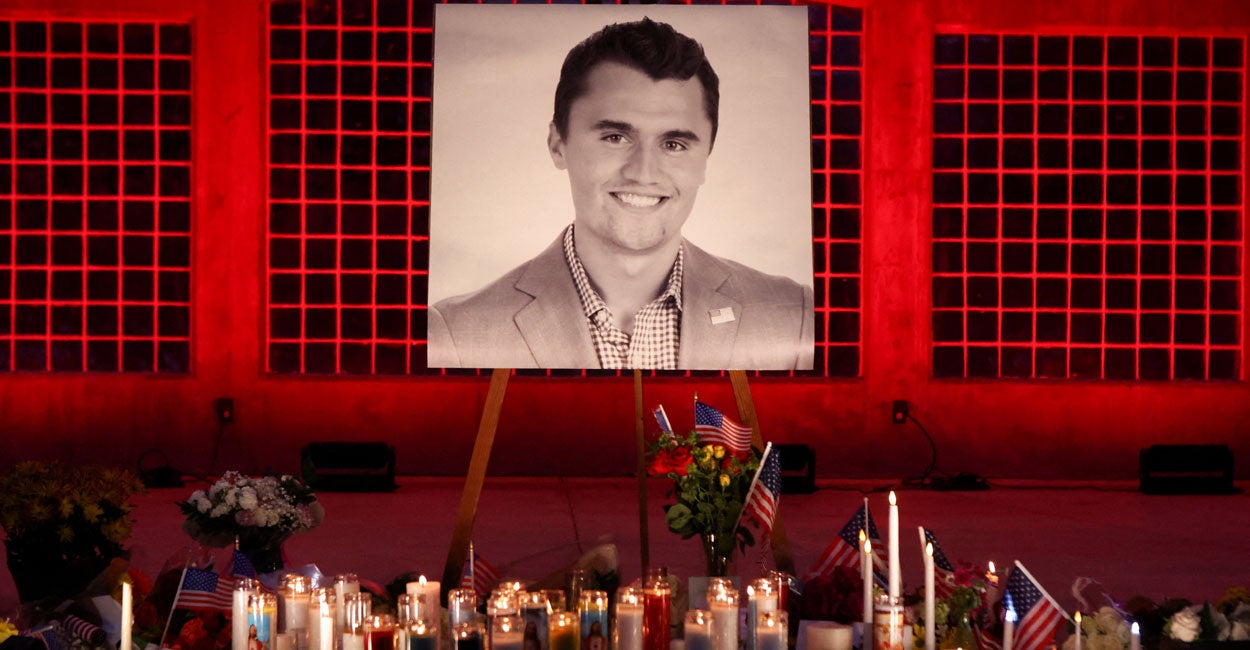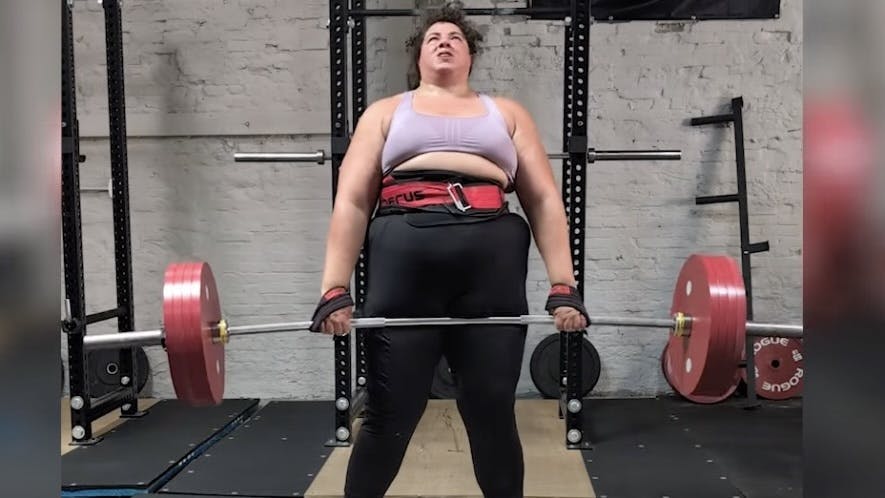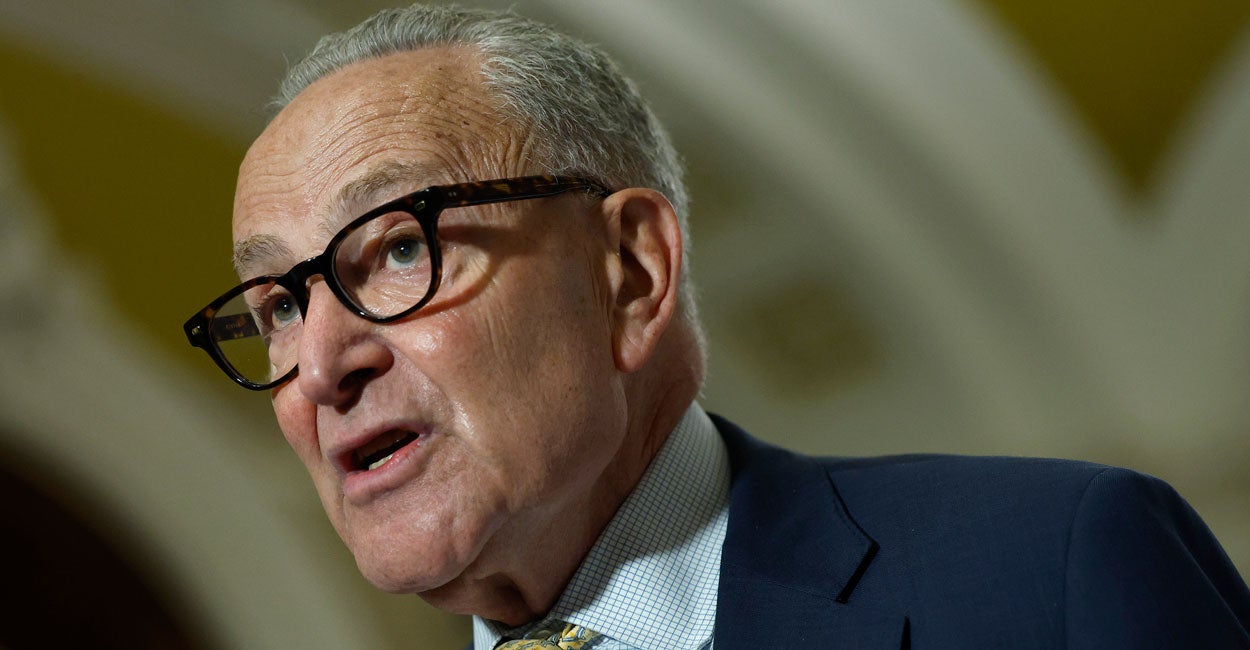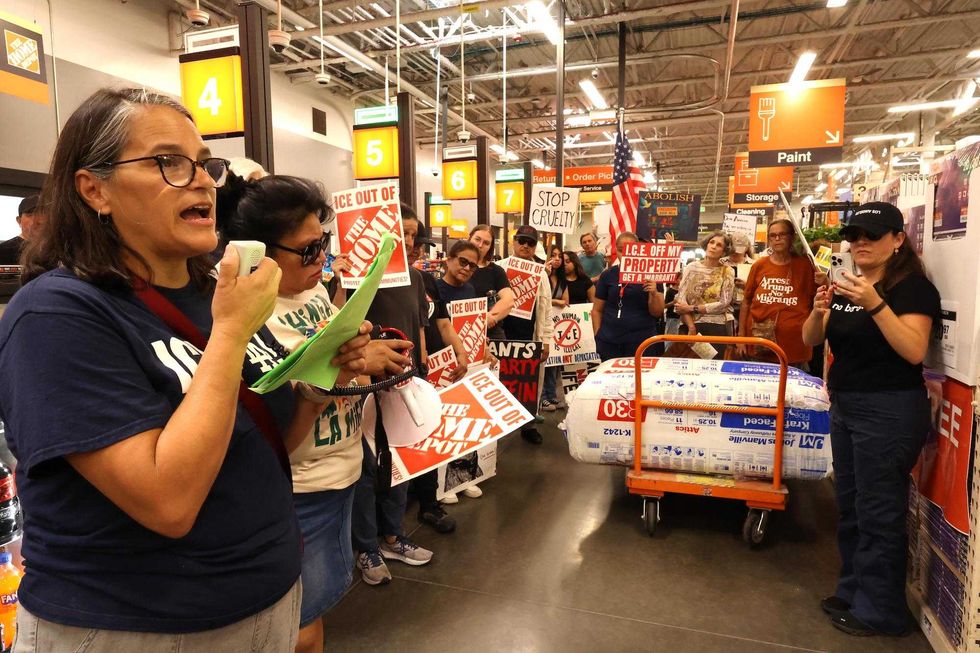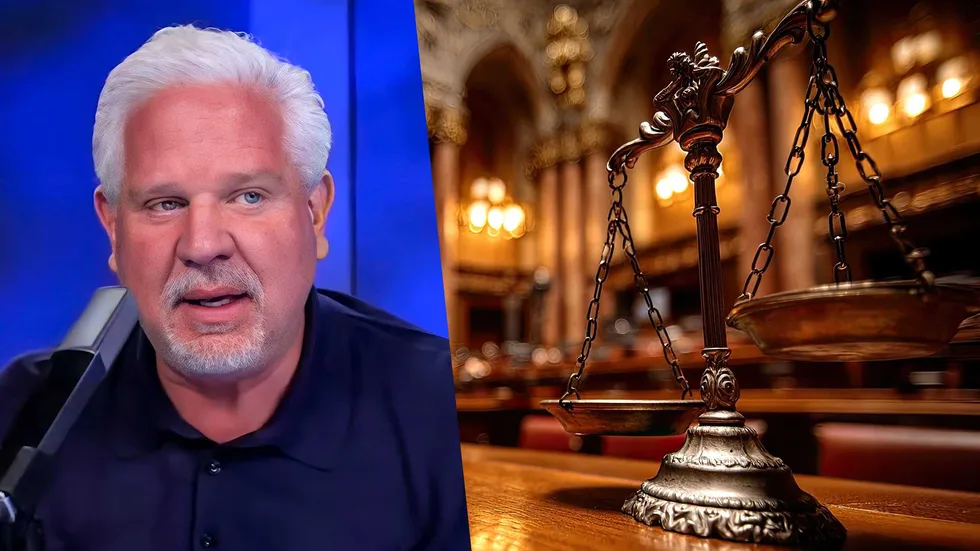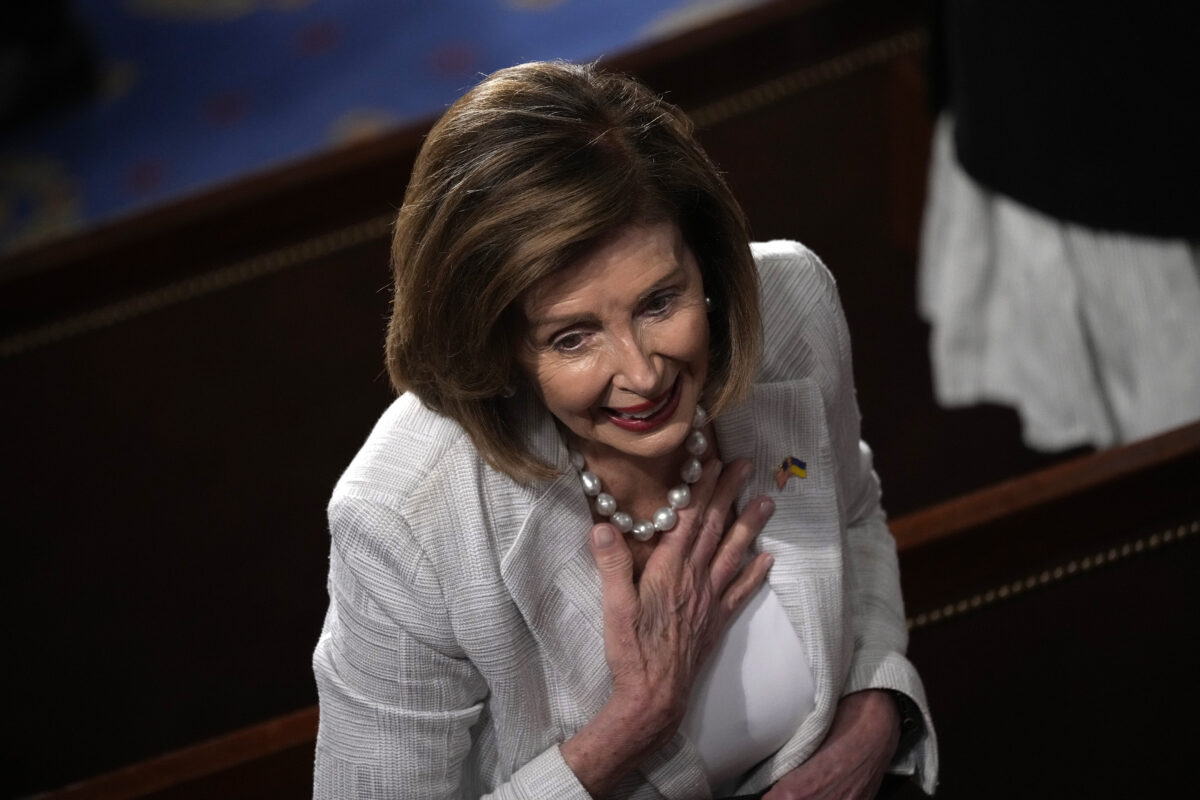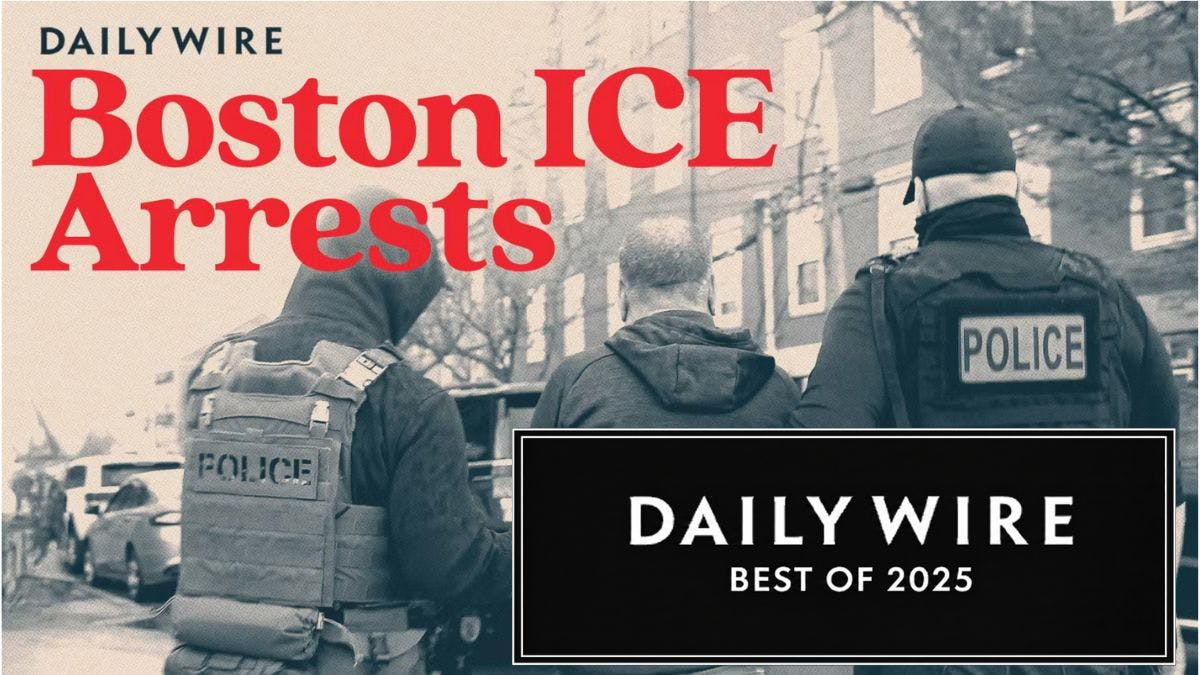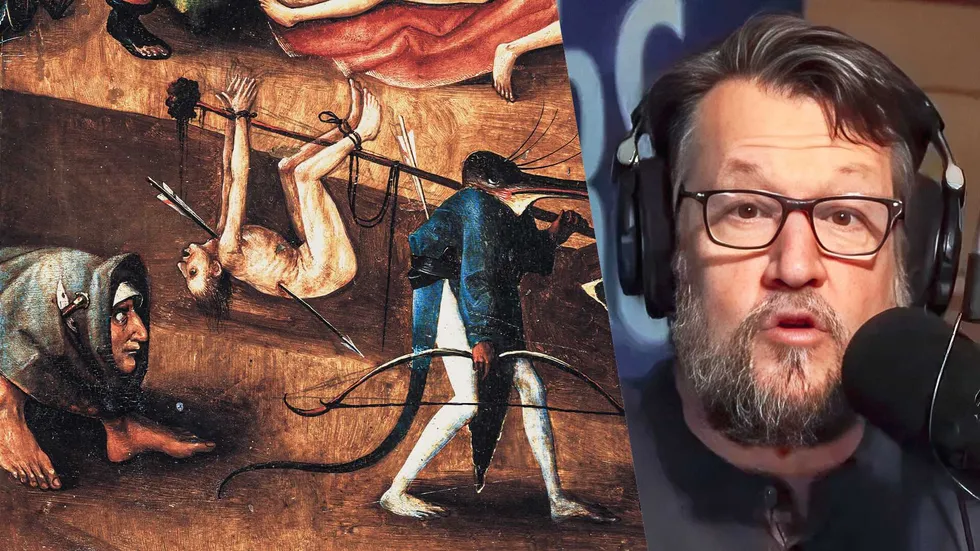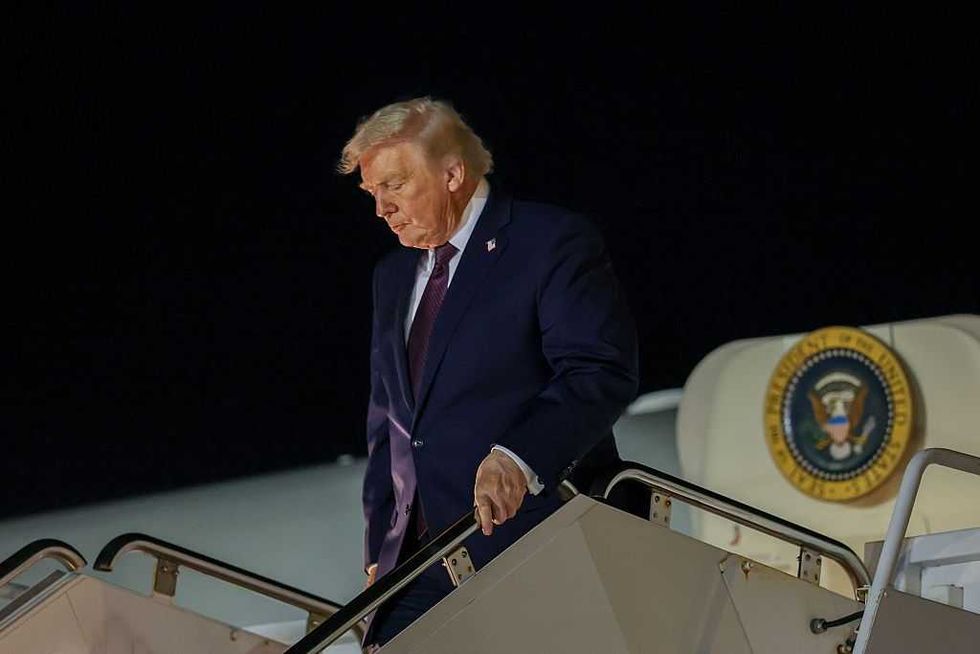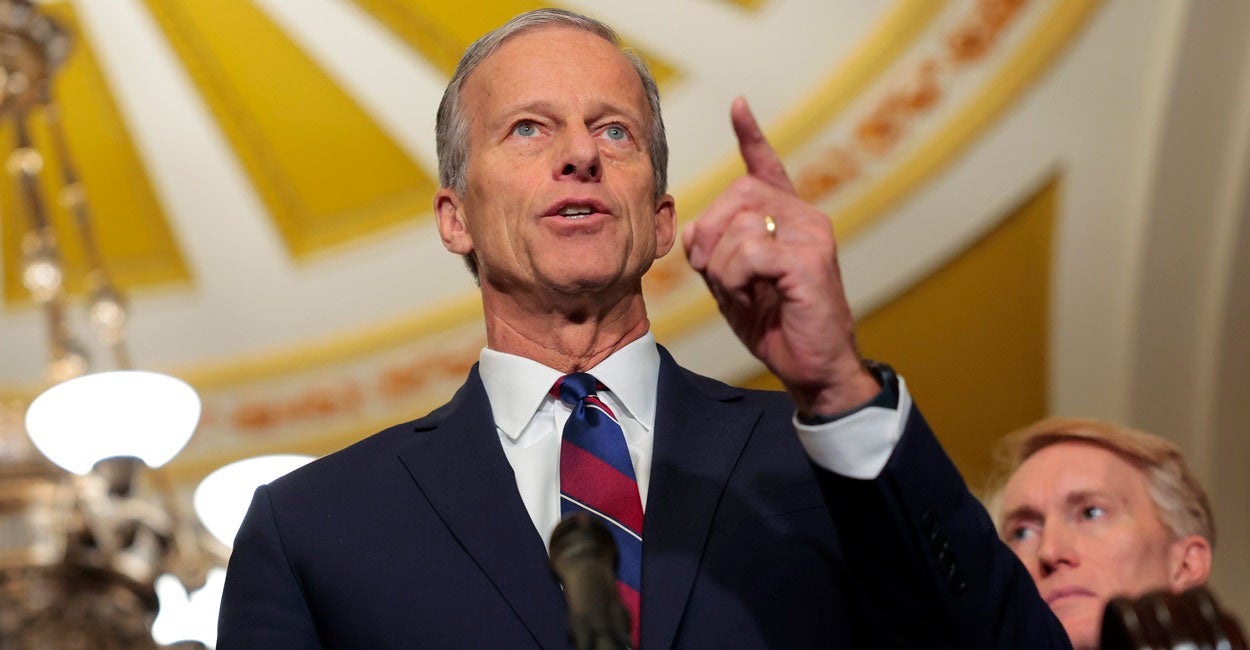5 Years After ‘Defund the Police,’ Democrat-Run Cities Still Face Police Shortages

Major American cities are still suffering from rising crime and diminishing police forces in the aftermath of the “Defund the Police” movement that emerged from the 2020 George Floyd riots.
Live Your Best Retirement
Fun • Funds • Fitness • Freedom
Zohran Mamdani, the self-described socialist and New York City Democrat mayoral candidate, and other notable Democrats are distancing themselves from the now-unpopular call to reduce police presence on city streets as recent violence in Cincinnati and Manhattan place public safety back in the spotlight.
But despite the shift in public messaging, cities around the country are facing a crisis of law and order.
1. New York City
According to data from the New York Police Department, more than 1,000 officers left the department in the first three months of 2025, an increase in retirements of 91% from 2024 numbers.
Democrat Mayor Eric Adams announced in 2023 that the Big Apple’s police department would drop to just 29,000 police officers by 2025, a number not seen by the city since the 1990s. The 2024 budget plan revealed that the city would cut the next five classes in the police academy, meaning it won’t be graduating new officers for the next five years.
The decline in New York City police officers is an intensification of a trend that started prior to the defund movement. The Big Apple has lost over 15,000 police officers in the last 10 years. Nearly a quarter of officers (23%) reported that they wanted to leave the department “as soon as a feasible opportunity arises,” according to a November 2024 survey conducted by the John Jay College of Criminal Justice.
Emergency response times have taken a hit from the police shortages. The average police response time for a crime rated as “critical” hovers around 10 minutes, up over three minutes from a 6.8-minute average in 2019, according to the New York City government website.
Mamdani’s X posts from 2020 resurfaced recently, exposing his anti-police sentiment. He said in June 2020, “We don’t need an investigation to know that the NYPD is racist, anti-queer, & a major threat to public safety. What we need is to #DefundTheNYPD.”
2. Philadelphia
Philadelphia is facing its smallest police force since 1985. Under Democrat Mayor Cherelle Parker, the city ended 2024 with roughly 1,500 fewer officers than budgeted, losing 500 officers in the mayor’s first year in office in 2024. At the start of 2025, the 5,021 officers on the force were short of the 6,380 Philadelphia should have for its population of 1.5 million, according to a report from The Philadelphia Citizen.
If the city were to restore its police force, 75 officers would need to join every six weeks for several years, according to Police Commissioner Kevin Bethel.
Parker is ramping up her funding for police, but even her efforts won’t get the city anywhere near its allotted number. Parker’s 2025 fiscal plan provides $150 million for public safety, with funding for only 400 new officers, leaving over 1,000 empty spots.
3. Chicago
The Windy City is down over 1,300 officers, according to the American Police Beat, a news magazine covering police enforcement and public safety.
Police retention is increasingly difficult. The Chicago Sun-Times reported that the average career at the Chicago Police Department is now under three years. Recruiting has also become harder, especially after widespread anti-police sentiment during the George Floyd riots. Chicago Police Superintendent Larry Snelling told the Sun-Times, “It’s been really hard across the country since 2020 to get officers anywhere.”
In 2018, Chicago hired 1,258 new officers, according to the Chicago Sun Times. By 2024, that number dropped to just 103.
Former Police Chief Tom Weitzel of Riverside, Illinois, a suburb of Chicago, noted the lack of interest in public service for younger generations.
“When I took the exam in Riverside, there were over 300 people that attended the exam at Riverside Brookfield High School,” Weitzel told the Sun-Times. “When I left, the last exam that we gave in Riverside that I participated in, 2021, 10 applicants showed up.”
4. Cincinnati
Cincinnati’s streets made national headlines last week when a white couple was attacked and severely beaten by a black mob outside a downtown business district.
The city government’s response alarmed many: Democrat Mayor Aftab Pureval left the city and went on vacation after hearing about the attack, and Councilwoman Victoria Parks posted on Facebook in response to a viral video of the beatings, “They begged for that beat down! I am grateful for the whole story.”
Cincinnati’s police department is plagued by similar problems with understaffing. The city currently has around 1,000 sworn police officers, just 60 shy of the number it needs, but police officers warn of a potential drop in that number by the end of the year, according to Cincinnati’s WLWT-5 news station.
Cincinnati Fraternal Order of Police President Ken Kober said the police force could be short nearly 180 officers by the end of 2025.
City Council members are worried about the urgency of the issue. “Talk to any police officer, talk to any citizen out there. We need more officers, period,” Council Member Seth Walsh told news station WKRC-TV. “The officers we have now are overworked. They’re stretched too thin. We don’t have enough for the bare minimum from the city. We need more police officers.”
5. Pittsburgh
Pittsburgh faces a 20-year low in police staffing in 2025. The city currently employs 755 officers, but TribLive, a local news source in Western Pennsylvania, reported that only 269 of those police officers are on patrol beats.
The number of Pittsburgh police officers has steadily declined since 2019, the last year the city had over 1,000 police officers. A total of 205 officers left the department in the last two years.
City Councilman Anthony Coghill described the situation to TribLive as “frightening.”
In 2024, the Pittsburgh police department announced it would no longer personally answer 911 calls between the hours of 3 a.m. and 7 a.m. that were not deemed “in progress” situations. Calls instead are rerouted to a telephone reporting unit, which is checked each morning at 7 a.m.
The police department is currently led by an acting chief, its fifth leader in three years, according to TribLive. Tony Moreno, the GOP nominee for city mayor and a former Pittsburgh police officer, said, “Staffing is the biggest issue in the police department. … We’re all looking at this and saying, ‘How are we functioning this way?’ And you can see it in the streets.”
Democrat Mayor Ed Gainey has decreased the budgeted number of police officers from 900 to 800 since taking office in 2022, according to Pittsburgh’s Public Source.
Police unions have also raised concerns about anti-police sentiment expressed by city Chief Operating and Administrative Officer Lisa Frank. In 2020, Frank posted, “Why do we continue to fund these police departments? I am certain that black and brown communities could use the same resources to develop and fund real public safety for everyone.”
The post 5 Years After ‘Defund the Police,’ Democrat-Run Cities Still Face Police Shortages appeared first on The Daily Signal.
Originally Published at Daily Wire, Daily Signal, or The Blaze
What's Your Reaction?
 Like
0
Like
0
 Dislike
0
Dislike
0
 Love
0
Love
0
 Funny
0
Funny
0
 Angry
0
Angry
0
 Sad
0
Sad
0
 Wow
0
Wow
0
